Sparking the electric vehicle revolution could be achieved by flipping current thinking and homing in on the family second car, Edmund King, the AA’s president, told this week’s Low Carbon Vehicle Partnership conference.
In his presentation ‘Can we electrify mainstream motoring?’, King made the connection between the realities of family car use and how second cars could be circuited into powering the electric vehicle revolution (EV). He will argue that millions of second cars could relatively easily be electric vehicles.
He said the realities are:
• 74% of AA members park their cars overnight off the road and on their own land (58% on the driveway, 16% in the garage) where, potentially, they could be charged overnight;
• 50% of 18,688 respondents in an AA Populus survey in April have access to two or more cars, 12% of them drive the ‘second’ car;
• Second cars are more likely to have access to charging, 79% versus 74% overall;
• Second cars are less likely to be used for long journeys.
It is also estimated that 2.5 million second cars could become electric vehicles with home charging and, more importantly, wouldn’t need to be charged away from home.
The dominant views of second car drivers also favour electric vehicle take-up:
• Slightly lower range expectation from an electric vehicle – 105 miles per charge versus 109 overall;
• Slightly lower expectations of reliability and safety;
• Slightly less concerned about charging time;
• Less likely to be concerned by the cost of battery replacement;
• Less likely to be concerned by possibility of increased taxation.
Another AA Populus poll, 28,265 respondents in May 2015, points to a readiness to move away from traditional fuels. Of the three quarters of them expecting to change their car within the next three years:
• 58% will buy a petrol car – no change on the 58% who already use petrol;
• 33% will look to diesel – down from the current 41%;
• Despite less than 1% currently owning a non-petrol or diesel car, 7% in the next three years will buy a hybrid, 1% a plug-in hybrid and 1% a solely electric vehicle.
“The route to introducing an alternative fuel has always been via fleet and business cars, the rationale being that these would start to change opinion by finding their way into the second-hand market or convincing business drivers to extend these new fuels into private use,” said King.
“Electric vehicle range anxiety demands a different approach. We must look where EVs might work, instead of trying to shoehorn them into travel patterns for which they are currently not best suited. Even though the purchasing power and volume discounts of car fleets traditionally create a gateway for introducing new but initially expensive technologies, it hasn’t taken off with electric vehicles.
“Family spending on the car tends to favour the bigger family car and/or the ‘first’ car, usually the commuting or work vehicle. The AA argues that families should consider diverting more of their available car purchase funds into the second car, and make savings on their budgets. As the second car tends to be smaller, the cost of the switch becomes more affordable.
“Financial incentives could help the change in mind-set, such as a scrappage scheme tailored (by size, age and cost at new) to replace the second car with an electric vehicle. Alternatively, when a family purchases a new larger car, manufacturers might offer a significant price reduction on a small electric vehicle should that family decide to change the second car within a matter of months.”
“We also feel that events such as the Battersea Formula E Grand Prix this weekend will help boost the image of electric vehicles.”





















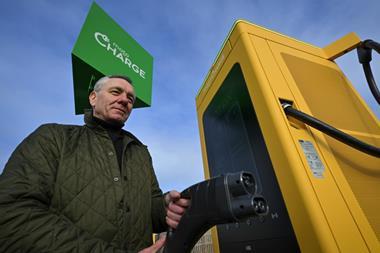
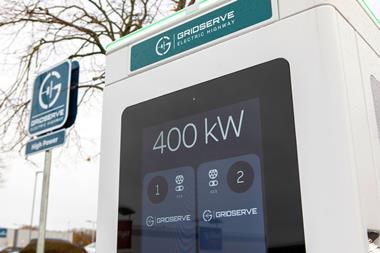

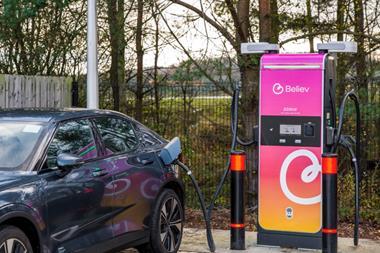
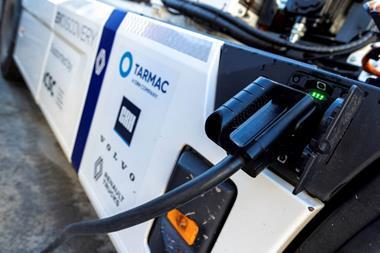
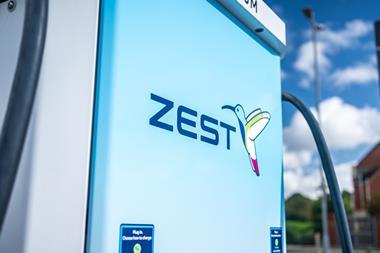
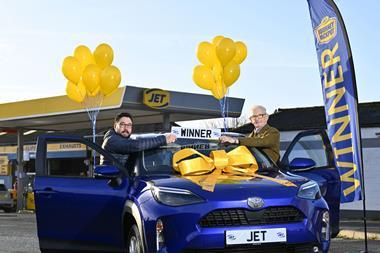

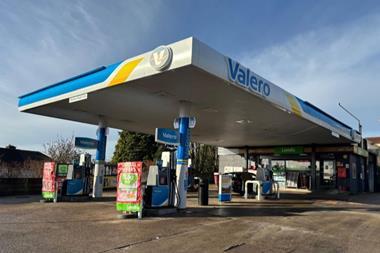
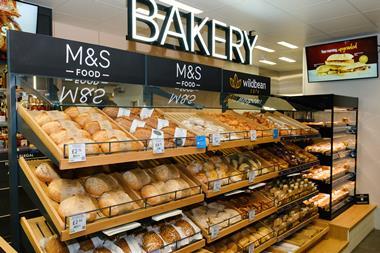


No comments yet